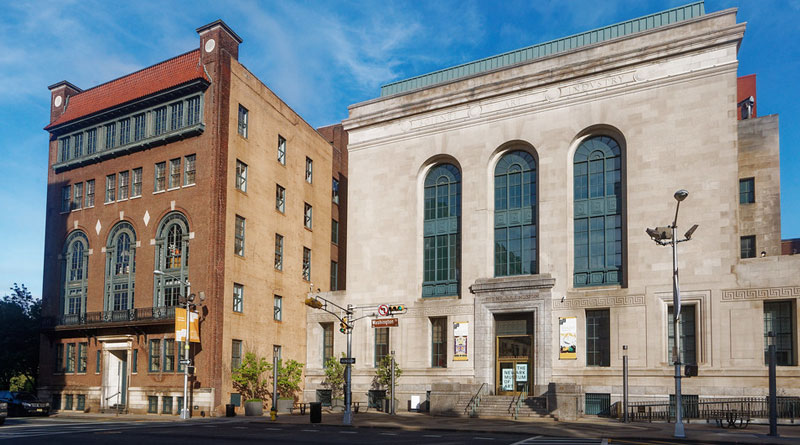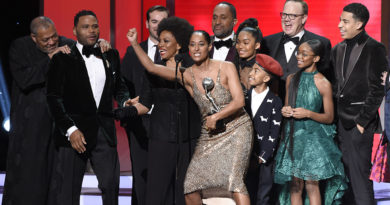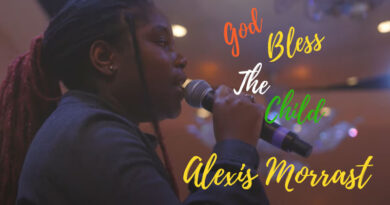The Newark Museum of Art: Where Community, Creativity; Curiosity Ignite
By Kira Jones
Newark has always been a great cultural city. Residents and visitors of Newark move to the beats of house music, hip hop, jazz, and gospel to survive and thrive in the hustle and bustle of the largest city in New Jersey. This is a city where creativity, art, and collaboration are almost inherent characteristics. These characteristics do not stop at the citizens rather, they are part of the fabric of the arts institutions that serve the community. The recently re-branded Newark Museum of Art (NMOA) is no exception. The State of New Jersey’s largest museum is home to large artworks of Global Africa and Asia, American art, arts of the Ancient Mediterranean, decorative arts, collections, a planetarium, the historic Ballantine House, and so much more. NMOA is a must visit when planning a trip to downtown Newark’s arts and entertainment district.
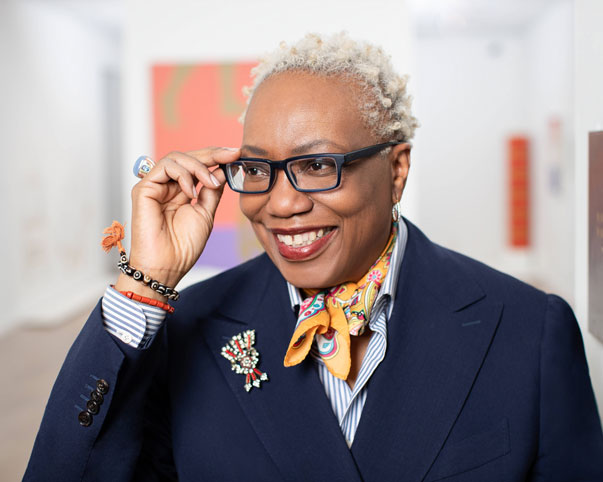
Linda C. Harrison, the museum’s eighth director and CEO and first African-American director, has a unique purview and understanding of the museum’s connection to Black Music Month and Juneteenth. The Newark Museum of Art began as The Newark Museum at the Newark Library in 1909 by librarian and reformer John Cotton Dana. It is under Harrison’s rebranding of the museum we can see a greater focus on the arts. “I began my career in the corporate realm, but after noticing an imbalance in visibility pertaining to arts organizations, my relationship with the discipline blossomed,” said Harrison.
The Newark Museum of Art has a long history of understanding the interdependencies of visual art and music as exemplified from programming such as Creative Play, Painting of Music, Musical Arts of Asia, and most recently, FORSA!: A Journey Through African Art, Music, and Culture. The museum continues to reach out for partnerships uplifting all artistic expressions and holds a deep commitment to local artists. Harrison recalls the 2016 collection galleries dedicated to Native artists of North America. This debut consisted of performances by the Lenape Drum Circle in addition to traditional singing and dancing. In 2018, the “Rockies & Alps: Bierstadt, Calame, and the Romance of the Mountains” exhibition featured a traditional Alphorn musician playing throughout the galleries. The music roaming the halls of the museum exemplified inclusivity, spirit, and wonder with the recurring sounds of Miles Davis, Alabama Shakes, Tango Chill Out, and many more.
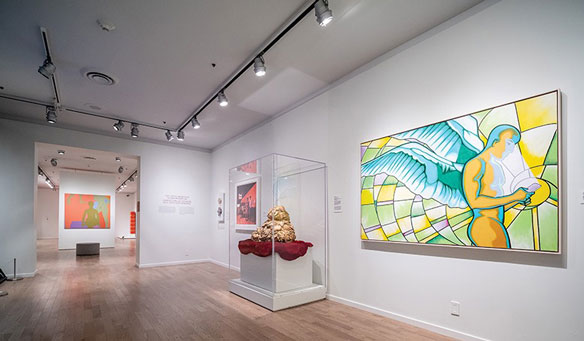
The Newark Museum of Art marked its second year of Juneteenth celebrations. This program, Juneteenth Community Day, works to amplify the importance of Juneteenth in American history. Harrison said, “The arts on this day are used not only to tell the story of and celebrate Black culture, but to cultivate conversations on how to ‘activate change in the present and future.’” Last year’s celebration focused on the power and relevancy of rap, one of the greatest contributions of Black culture, in conjunction with equality. This year’s celebration was virtual and focused on art and the symbolism of stepping in the Black community.
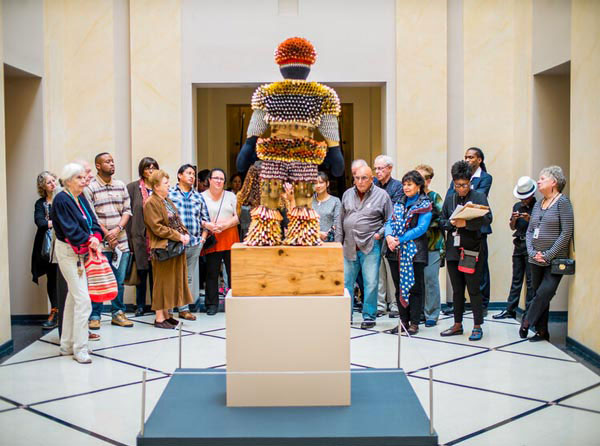
On June 17th, 2021, the museum opened the 2021 New Jersey Arts Annual: ReVision and Respond on site. This features artworks by 45 artists representing 14 counties from across the Garden State. Harrison also shared that in early 2022, Yale University Professor of Anthropology and African American Studies Aimee Meredith Cox will activate artist Saya Woolfalk’s one-person exhibition with a collaborative dance performance involving the Newark community. Under Linda C. Harrison’s leadership, the Newark Museum of Art is committed to continuing the legacy of and contribution to Newark’s future as a “destination city for arts, education, and entertainment.”
Kira Jones is a resident-reporter with the Newark News and Story Collaborative. Kira is also the founder of the DOTUM (Daughter of the Urban Mind) Foundation dedicated to involving youth in learning the skills needed to serve the cities we live in.
